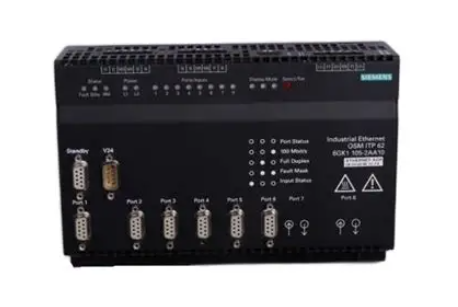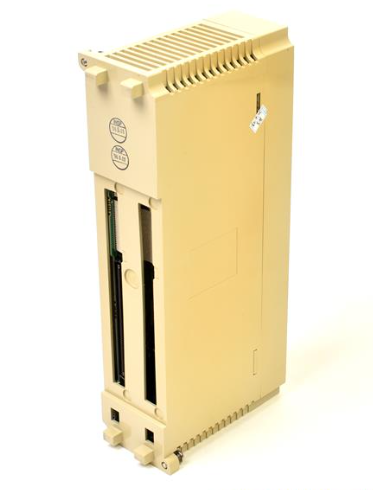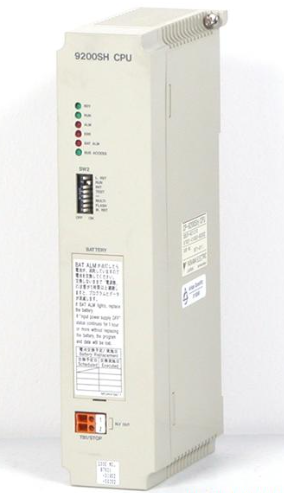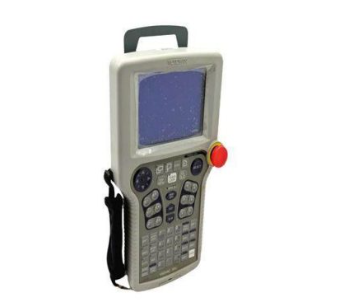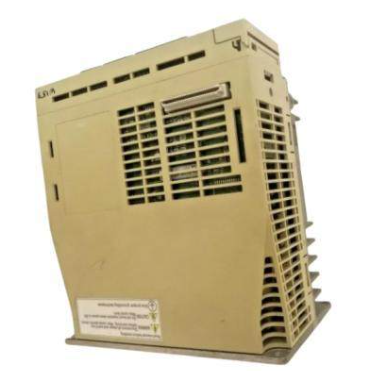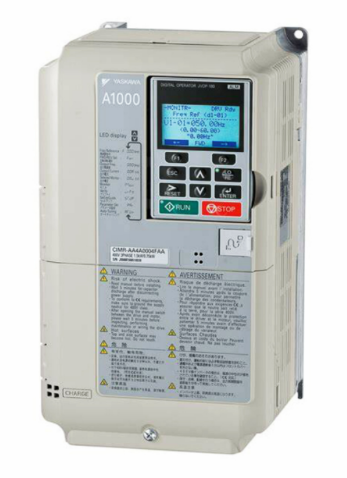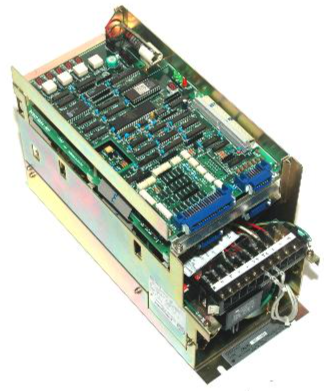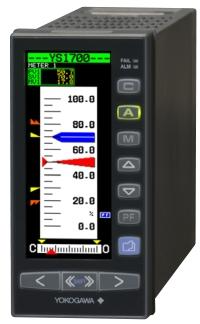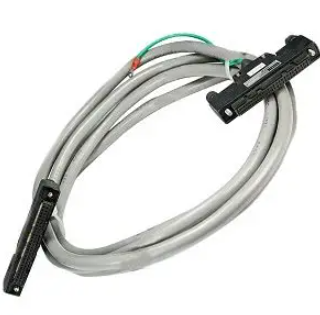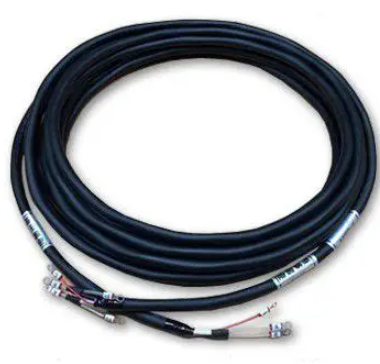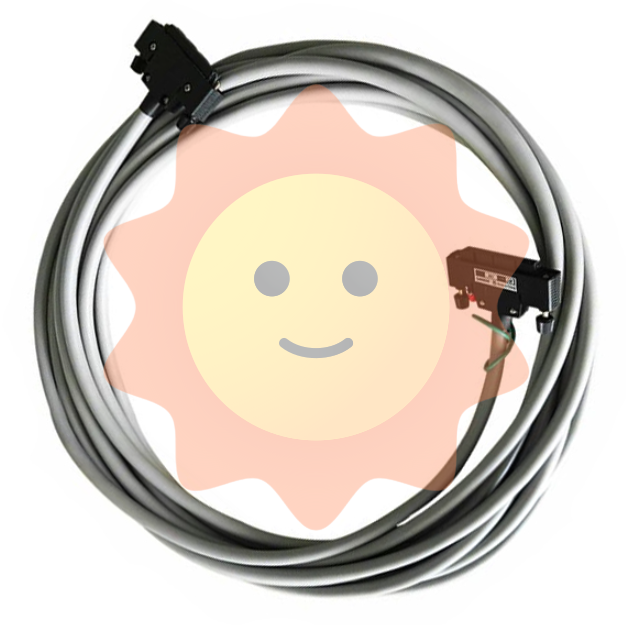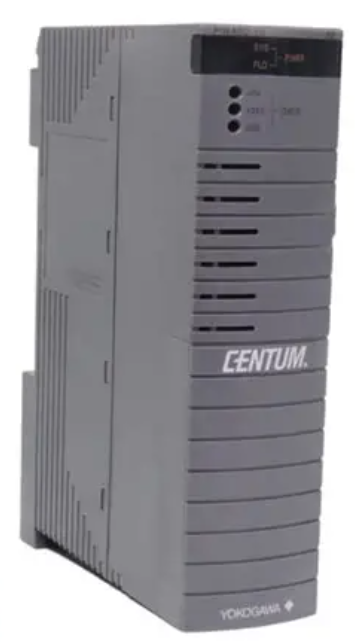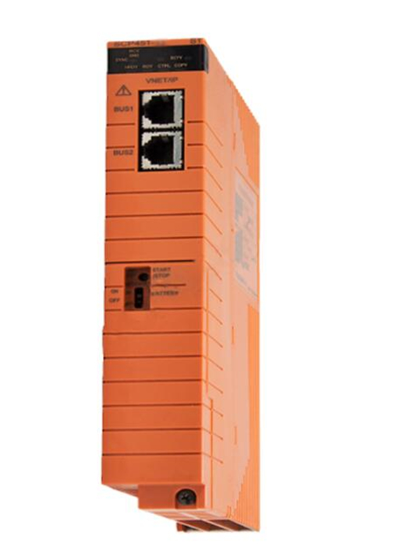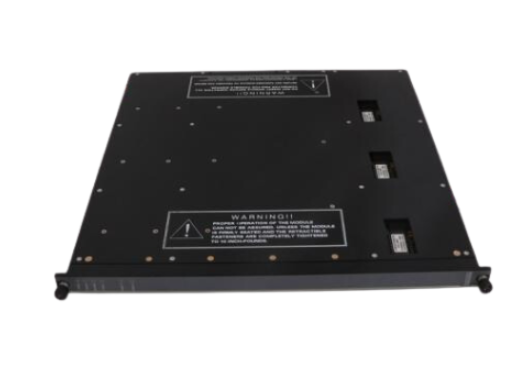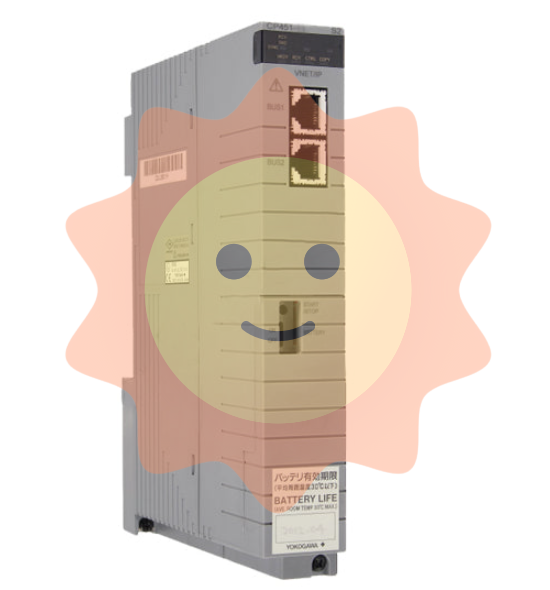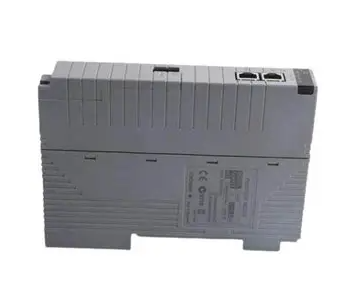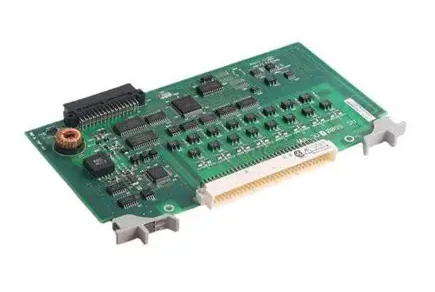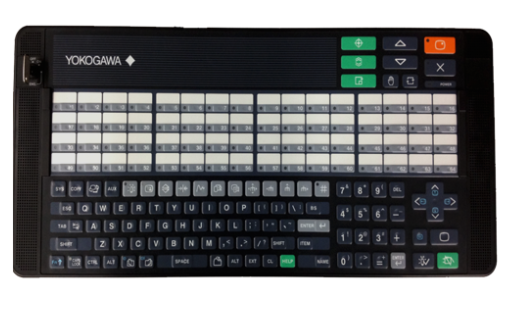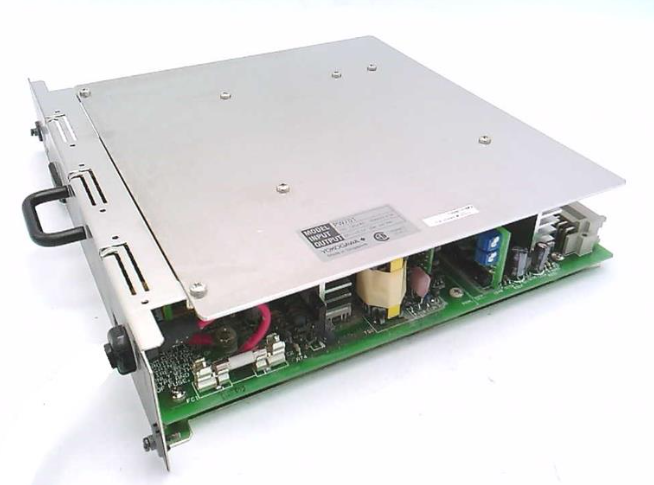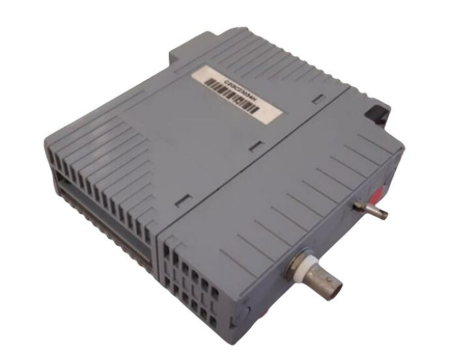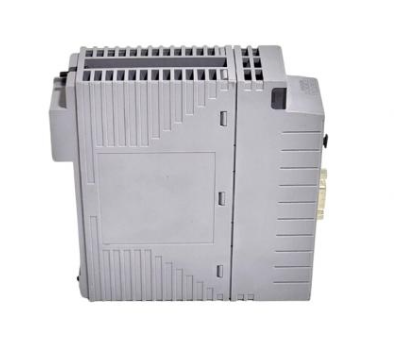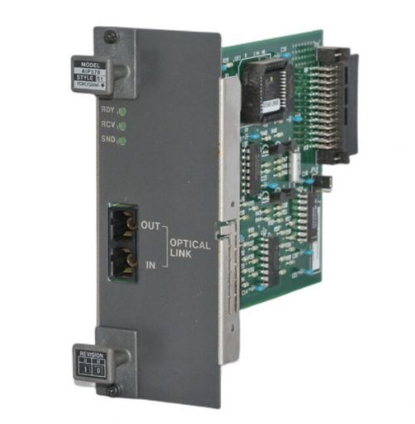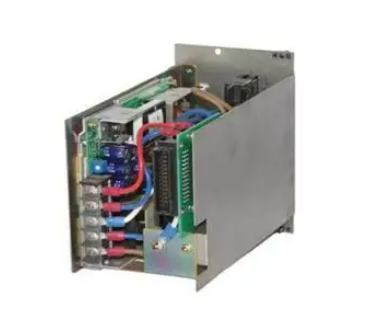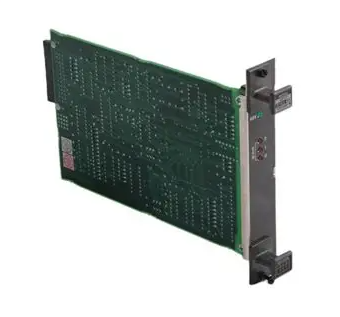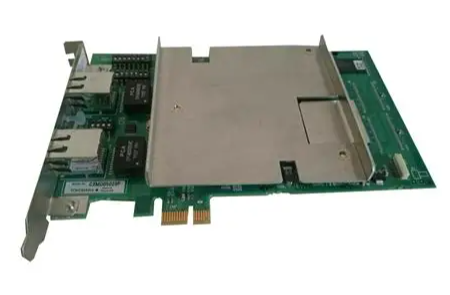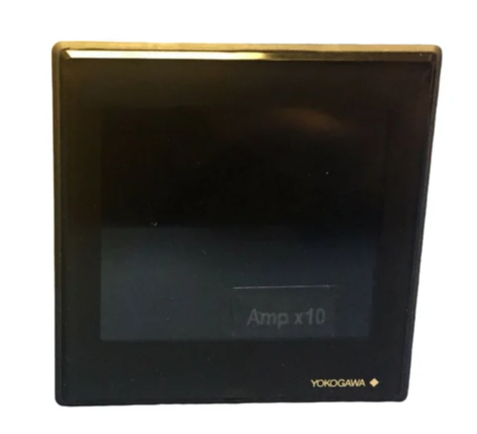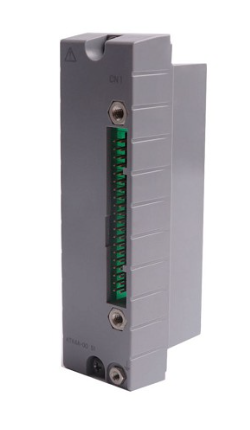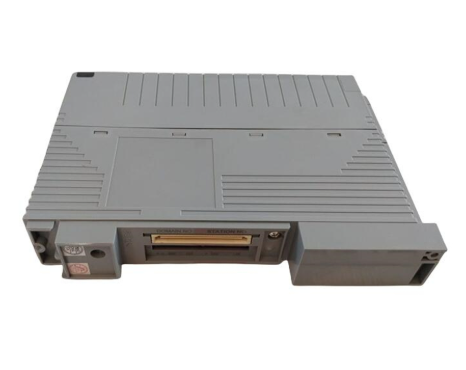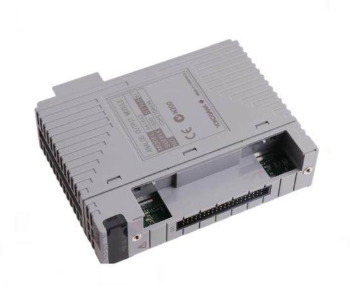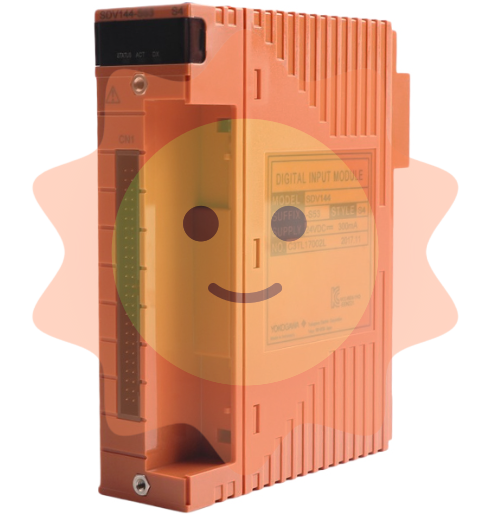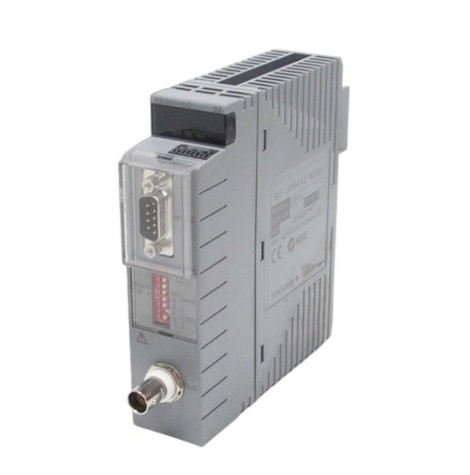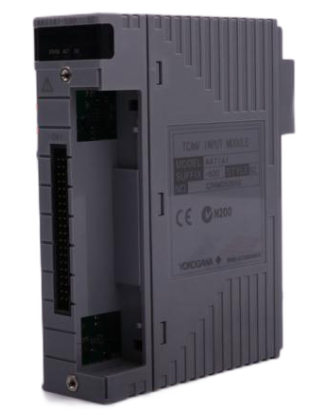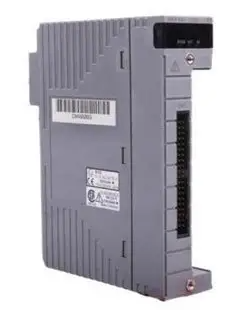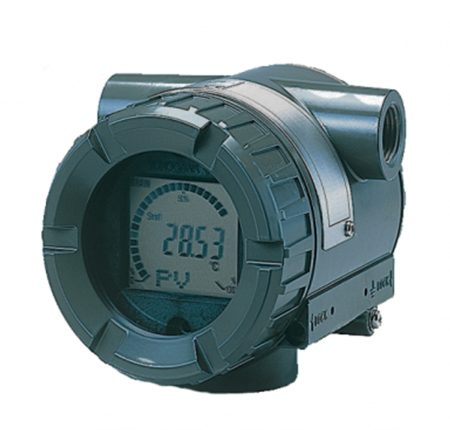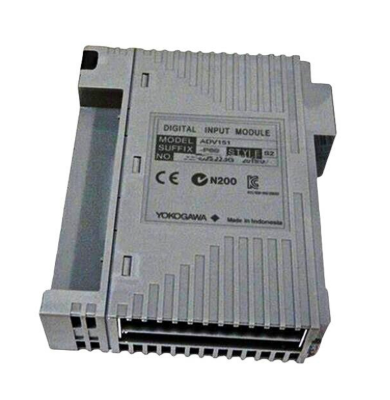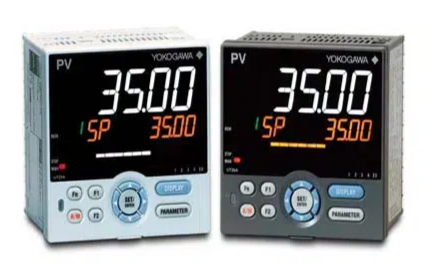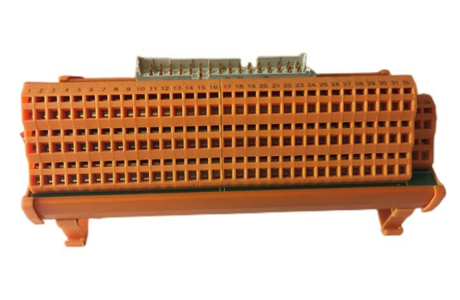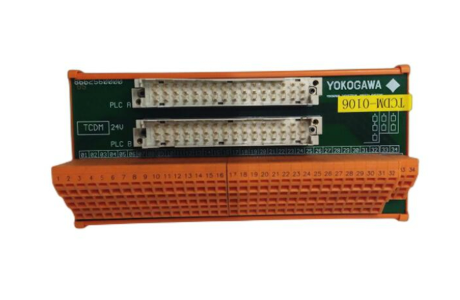YOKOGAWA AQ23011A/AQ23012A Modular Framework Equipment
Configuration files. 811 (module configuration) and. FRM (framework configuration) are used to save the current parameters. Next time, long press the module name ->"Save Setup" ->name the file (such as "SMUFHIR 1_3V. set") ->save to a USB drive
Screenshot PNG (image format, resolution 1280 × 800), used for report recording. Press "Function icon" → "Take a Screenshot" and automatically name it "AQ2300_SC_000. PNG" to save to internal storage
Error log (text), automatically records hardware failures and operational errors, used for troubleshooting framework to automatically save, export to USB drive by pressing "System" → "System Log" → "Save System Log File"
(2) File management operations
Folder creation: Press "File" ->"Location" ->select "USB Storage" ->"Create new folder" ->Name (e.g. "Test_202410").
File copying/deleting: Select the file (such as "sweet_001. csv") ->click on the menu on the right side of the file ->select "Copy" ->select the destination folder ->"Paste"; The deletion operation is similar and requires confirmation of a second prompt.
File filtering: In the file list interface, enter filtering criteria (such as "*. csv") to display only CSV format files and quickly locate the target data.
3. System settings (remote control and security)
(1) Remote control configuration
Supports four remote control methods: RawSocket, HiSLIP, GP-IB, and USB. Taking Ethernet as an example:
Press "Function icon" → "System" → "Network" → "IPv4" → Set to "DHCP ON" (automatically obtain IP) or manually enter (e.g. IP: 192.168.1.100, subnet mask: 255.255.255.0).
Configure remote protocol: "Remote" → "Function" Select "HiSLIP" → Set port (default 4880), encryption (Encryption OFF/ON, select as needed).
PC control: Install the NI-VISA driver and use LabVIEW/Python to send SCPI commands (such as "SOURce1: CHANnel1: VOLTage: LEVel 3.3" to set CH1 output to 3.3 V).
(2) Safety interlock setting
To prevent damage to the load caused by misoperation, the interlocking function needs to be activated:
Connect the "Remote Interlock" terminal on the rear panel to the dedicated plug (A1288JA).
Press "System" → "Inter Lock" → Set to "Locked", and the module output will be disabled; You need to enter the default password "12345" → set it to "Unlocked" to enable output.
Password management: It can be modified through "Reset Password" (default) or "Change Password" (custom password, 6-12 digits) to enhance security.
Maintenance and troubleshooting
1. Daily maintenance
Cleaning: Wipe the display screen and housing with a dry soft cloth. If there is dust on the BNC terminal and USB interface, blow it off with compressed air (pressure ≤ 0.3 MPa); Prohibit the use of solvents such as alcohol and acetone to avoid damaging the coating.
Module maintenance: Regularly check whether the module is in close contact with the slot (once a month), and when not in use for a long time, turn on the power for 1 hour every month to prevent capacitor aging.
Calibration cycle: It is recommended to send it to the authorized service center of Yokogawa for calibration once a year, or use a standard source (such as Yokogawa 7520 calibrator) for self calibration to ensure that the accuracy meets the requirements.
2. Troubleshooting
Possible causes and solutions for the fault phenomenon
Unrecognized module not locked, poor slot contact, module failure. Re plug and lock the module, replace the slot for testing; If still not identified, contact maintenance
Source output voltage interlock not unlocked, output not enabled, current limit value set to 0, load short circuit unlock interlock, long press "OUTPUT" to enable output, check current limit value (set to ≥ 1 mA), check load wiring
The measurement value fluctuates greatly, the integration time is too short, the wiring is loose, and the power supply noise interference increases the integration time (such as 10 PLC). Check the wiring (ensure good contact of the sense line in the four wire system) and stay away from interference sources such as frequency converters
USB cannot read USB flash drive format not supported (FAT32/NTFS required), poor interface contact, damaged USB flash drive, formatted USB flash drive as FAT32, re plug and unplug USB flash drive, replace USB flash drive for testing
Remote control failed due to IP address mismatch, protocol not enabled, firewall interception confirmation framework on the same network segment as PC, HiSLIP/RawSocket protocol enabled, PC firewall disabled
3. System self-test and logging
Self check operation: Press "System" ->"Self Test" ->select "DRAM Test", "File System Test", "Battery Test" ->"Start". The self-test result shows "Pass/Tail". If it fails, please contact maintenance.
- EMERSON
- Honeywell
- CTI
- Rolls-Royce
- General Electric
- Woodward
- Yaskawa
- xYCOM
- Motorola
- Siemens
- Rockwell
- ABB
- B&R
- HIMA
- Construction site
- electricity
- Automobile market
- PLC
- DCS
- Motor drivers
- VSD
- Implications
- cement
- CO2
- CEM
- methane
- Artificial intelligence
- Titanic
- Solar energy
- Hydrogen fuel cell
- Hydrogen and fuel cells
- Hydrogen and oxygen fuel cells
- tyre
- Chemical fiber
- dynamo
- corpuscle
- Pulp and paper
- printing
- fossil
- FANUC
- Food and beverage
- Life science
- Sewage treatment
- Personal care
- electricity
- boats
- infrastructure
- Automobile industry
- metallurgy
- Nuclear power generation
- Geothermal power generation
- Water and wastewater
- Infrastructure construction
- Mine hazard
- steel
- papermaking
- Natural gas industry
- Infrastructure construction
- Power and energy
- Rubber and plastic
- Renewable energy
- pharmacy
- mining
- Plastic industry
- Schneider
- Kongsberg
- NI
- Wind energy
- International petroleum
- International new energy network
- gas
- WATLOW
- ProSoft
- SEW
- wind
- ADVANCED
- Reliance
- YOKOGAWA
- TRICONEX
- FOXBORO
- METSO
- MAN
- Advantest
- ADVANCED
- ALSTOM
- Control Wave
- AB
- AMAT
- STUDER
- KONGSBERG
- MOTOROLA
- DANAHER MOTION
- Bently
- Galil
- EATON
- MOLEX
- Triconex
- DEIF
- B&W
- ZYGO
- Aerotech
- DANFOSS
- KOLLMORGEN
- Beijer
- Endress+Hauser
- MOOG
- KB
- Moxa
- Rexroth
- YAMAHA
- Johnson
- Westinghouse
- WAGO
- TOSHIBA
- TEKTRONIX
- BENDER
- BMCM
- SMC


Email:wang@kongjiangauto.com



